Home>Storage & Organization>Kitchen Organizing Tools>Why Does My Cat Scratch The Litter Box
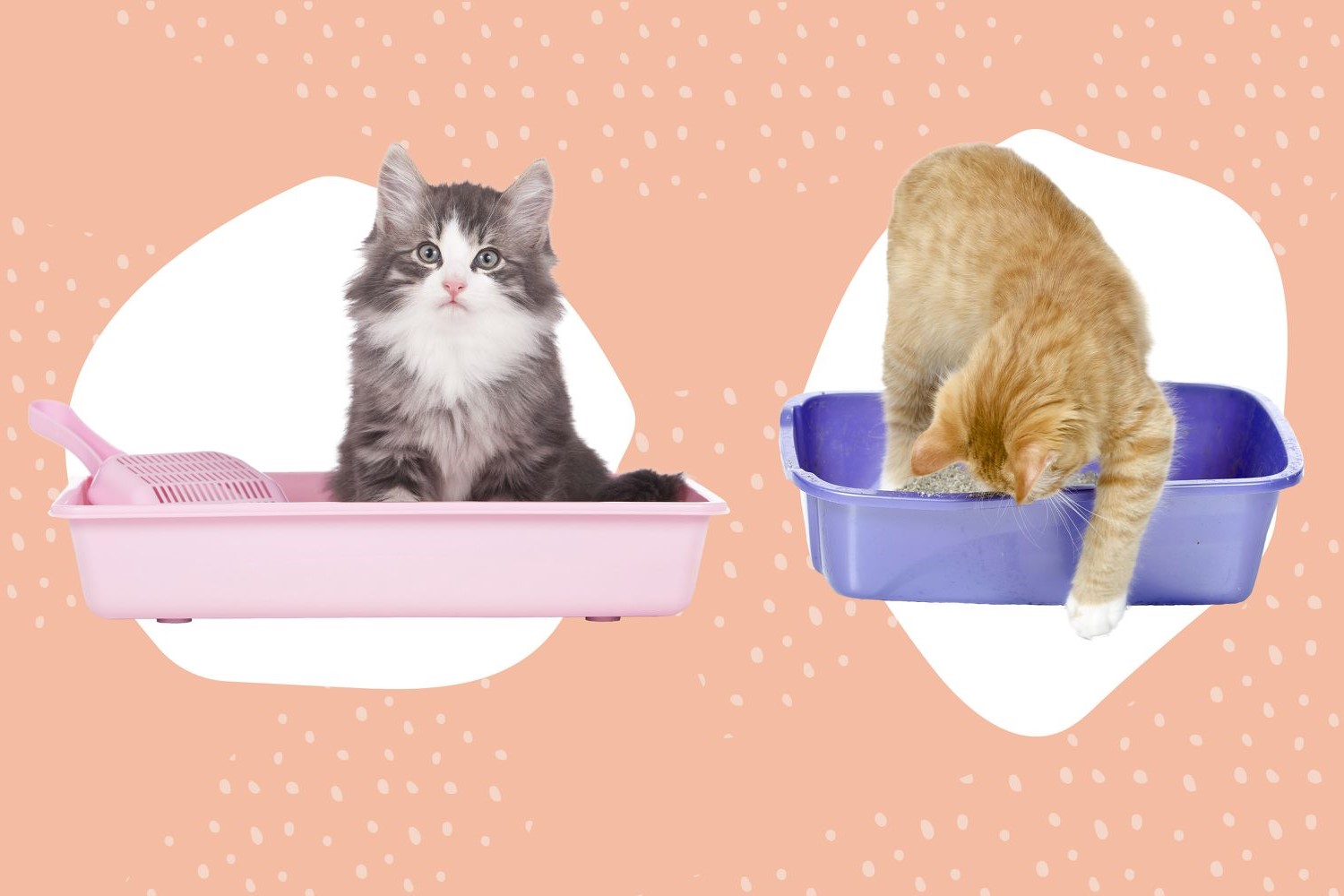

Kitchen Organizing Tools
Why Does My Cat Scratch The Litter Box
Published: February 23, 2024
Discover the best kitchen organizing tools to declutter your space and streamline your cooking routine. Find practical solutions for a more efficient kitchen setup.
(Many of the links in this article redirect to a specific reviewed product. Your purchase of these products through affiliate links helps to generate commission for Storables.com, at no extra cost. Learn more)
Introduction
Cats are fascinating creatures with unique behaviors that often leave their human companions puzzled. One common behavior that many cat owners encounter is their feline friend's tendency to scratch the litter box. This seemingly perplexing behavior can lead to questions such as "Why does my cat scratch the litter box?" Understanding the reasons behind this behavior is crucial for providing the best care for our beloved pets.
In this comprehensive guide, we will delve into the intricate world of feline behavior and explore the various factors that contribute to a cat's inclination to scratch the litter box. By gaining insight into this behavior, cat owners can better understand their pets' needs and ensure their overall well-being. Let's embark on this enlightening journey to unravel the mystery behind why cats engage in this seemingly peculiar behavior.
Key Takeaways:
- Cats scratch the litter box to mark their territory, maintain claw health, and express emotions. Understanding and accommodating this behavior fosters a strong bond with our feline friends.
- Excessive scratching can lead to health issues, but providing appropriate scratching outlets, environmental enrichment, and vet evaluation can address this behavior and promote a healthy, fulfilling life for cats.
Understanding the natural behavior of cats
Cats are enigmatic creatures with a rich tapestry of natural behaviors that have evolved over centuries. Understanding these innate behaviors is essential for providing optimal care and creating a harmonious environment for our feline companions. One of the most intriguing behaviors exhibited by cats is their instinctual need to scratch. This behavior is deeply rooted in their nature and serves several important purposes.
First and foremost, scratching is a fundamental aspect of a cat's grooming routine. When a cat scratches, it helps to remove the outer sheath of their claws, keeping them sharp and healthy. Additionally, scratching allows cats to stretch their muscles and maintain flexibility, contributing to their overall physical well-being. This natural behavior also enables cats to mark their territory through the scent glands located in their paw pads, leaving behind both a visual and olfactory mark that signals their presence to other cats.
Furthermore, scratching serves as a form of communication for cats. It is a means of expressing their emotions, such as contentment, excitement, or even frustration. By observing a cat's body language and the context in which they scratch, pet owners can gain valuable insights into their feline companion's state of mind.
Understanding the natural behavior of cats also involves recognizing that scratching is not a destructive act, but rather a vital and instinctual behavior deeply ingrained in their DNA. As obligate carnivores, cats have retained many of their wild instincts, and scratching is a manifestation of their primal instincts and survival mechanisms.
By acknowledging and respecting these natural behaviors, cat owners can create an environment that accommodates their feline friends' needs while minimizing potential disruptions to the household. Providing appropriate outlets for scratching, such as scratching posts or pads, not only fulfills a cat's innate need to scratch but also helps protect furniture and other household items from becoming unintended scratching targets.
In essence, understanding the natural behavior of cats, including their instinctual need to scratch, is pivotal in fostering a strong and nurturing bond between humans and their feline companions. By embracing and accommodating these natural behaviors, cat owners can create a supportive and enriching environment that promotes their cats' physical and emotional well-being.
Reasons why cats scratch the litter box
-
Instinctual Behavior: Cats have a natural instinct to scratch various surfaces, including the litter box. This behavior is deeply ingrained in their DNA and serves multiple purposes, such as marking territory, maintaining claw health, and stretching their muscles.
-
Scent Marking: Scratching the litter box allows cats to leave their scent, which is a form of communication with other felines. This behavior helps them establish their territory and assert their presence in the household.
-
Maintaining Claw Health: Cats scratch the litter box to keep their claws healthy and sharp. The act of scratching helps remove the outer sheath of their claws, preventing them from becoming overgrown and ensuring that they are in optimal condition for various activities.
-
Emotional Expression: Cats may scratch the litter box as a means of expressing their emotions. This behavior can be linked to feelings of contentment, excitement, or even frustration. By observing the context and body language associated with scratching, pet owners can gain insights into their cat's emotional state.
-
Stress Relief: Scratching the litter box can serve as a form of stress relief for cats. In times of anxiety or tension, cats may engage in scratching to alleviate their stress and restore a sense of calm.
-
Environmental Factors: The texture and composition of the litter in the litter box can influence a cat's scratching behavior. Cats may prefer certain types of litter and may exhibit increased scratching if they are dissatisfied with the litter box setup.
Understanding the reasons behind a cat's inclination to scratch the litter box is essential for providing a conducive environment that meets their natural needs. By recognizing and accommodating these behaviors, pet owners can foster a harmonious relationship with their feline companions while ensuring their overall well-being.
Health issues related to excessive scratching
Excessive scratching, while a natural behavior in cats, can sometimes lead to health issues that warrant attention from pet owners. Understanding the potential health implications of excessive scratching is crucial for safeguarding the well-being of our feline companions.
One of the primary concerns associated with excessive scratching is the risk of injury or trauma to the cat's paws and claws. Intense and repetitive scratching can lead to abrasions, lacerations, or even infections, particularly if the cat's environment or the litter box itself harbors bacteria or other harmful pathogens. Additionally, overzealous scratching may result in the overexertion of the cat's paw muscles, leading to strain or discomfort.
Furthermore, persistent scratching in the litter box can exacerbate existing skin conditions or trigger the development of dermatological issues in cats. The constant friction and pressure exerted during excessive scratching may irritate the delicate skin on the paws, potentially leading to inflammation, redness, or the formation of painful lesions. Cats with pre-existing skin sensitivities or allergies may be particularly susceptible to these adverse effects.
In some cases, excessive scratching may be indicative of an underlying medical condition, such as parasitic infestations or allergic reactions. Flea infestations, in particular, can incite relentless scratching as cats attempt to alleviate the discomfort caused by these tiny pests. Allergic reactions to certain components of the litter or environmental allergens may also prompt excessive scratching behavior, necessitating veterinary intervention to identify and address the root cause.
Moreover, psychological distress or anxiety can manifest in cats through excessive scratching, leading to a range of behavioral and health-related issues. Cats experiencing heightened stress or emotional turmoil may resort to compulsive scratching as a coping mechanism, potentially causing self-inflicted injuries or exacerbating existing skin conditions.
Addressing excessive scratching in cats requires a multifaceted approach that encompasses environmental enrichment, proper litter box management, and, when necessary, consultation with a veterinarian. By proactively addressing the underlying factors contributing to excessive scratching, pet owners can mitigate the risk of associated health issues and promote their cat's overall well-being.
Understanding the potential health implications of excessive scratching empowers pet owners to take proactive measures to safeguard their feline companions' physical and emotional health. By remaining vigilant and responsive to their cat's scratching behavior, pet owners can play a pivotal role in promoting a healthy and fulfilling life for their beloved feline friends.
Tips to address excessive scratching
Addressing excessive scratching in cats requires a proactive and holistic approach aimed at understanding the underlying causes and implementing effective strategies to mitigate this behavior. By incorporating the following tips, pet owners can create an environment that promotes healthy scratching habits while addressing any potential issues contributing to excessive scratching.
Read more: Why Does My Cat Spray In The Litter Box?
1. Provide Appropriate Scratching Outlets
Offering a variety of scratching posts, pads, and surfaces throughout the home can redirect a cat's scratching behavior away from the litter box and onto designated areas. These scratching posts should be sturdy, tall, and covered in materials that appeal to the cat, such as sisal, cardboard, or carpet. Placing these posts in strategic locations where the cat spends the most time can encourage them to engage in appropriate scratching.
2. Environmental Enrichment
Enriching the cat's environment with interactive toys, climbing structures, and hiding spots can help alleviate boredom and reduce stress, which may contribute to excessive scratching. Engaging in regular play sessions and providing mental stimulation can divert the cat's attention away from destructive scratching behaviors.
3. Litter Box Maintenance
Ensuring that the litter box is kept clean and odor-free is essential for promoting positive litter box habits. Cats may exhibit excessive scratching if they are dissatisfied with the cleanliness or type of litter in the box. Regular scooping and complete litter changes at appropriate intervals can encourage the cat to use the litter box without resorting to excessive scratching.
4. Veterinary Evaluation
If excessive scratching persists despite environmental modifications, seeking guidance from a veterinarian is crucial. A thorough physical examination and potential diagnostic tests can help identify any underlying medical conditions, skin irritations, or behavioral issues that may be contributing to the excessive scratching behavior. Addressing any health concerns is paramount in managing and resolving the issue effectively.
Read more: Why Does My Cat Sleep In The Litter Box?
5. Behavior Modification Techniques
Implementing positive reinforcement techniques, such as rewarding the cat for using designated scratching posts and gently redirecting them from inappropriate scratching, can help reshape their scratching behavior. Avoiding punitive measures and instead focusing on positive reinforcement can encourage the cat to develop healthier scratching habits.
6. Stress Reduction
Identifying and addressing sources of stress or anxiety in the cat's environment is essential for managing excessive scratching. Creating a calm and predictable routine, providing safe retreats, and minimizing disruptive stimuli can help alleviate stress and reduce the likelihood of compulsive scratching behaviors.
By integrating these tips into their approach, pet owners can effectively address excessive scratching in cats while promoting a harmonious and enriching environment for their feline companions. Understanding the multifaceted nature of excessive scratching and implementing targeted interventions can lead to positive outcomes and contribute to the overall well-being of the cat.
Conclusion
In conclusion, the enigmatic behavior of cats scratching the litter box is deeply rooted in their natural instincts and serves as a multifaceted form of communication, grooming, and territorial marking. Understanding the underlying reasons behind this behavior is pivotal for cat owners seeking to provide a nurturing and supportive environment for their feline companions.
By delving into the intricate world of feline behavior, we have gained valuable insights into the innate motivations driving a cat's inclination to scratch the litter box. From instinctual grooming rituals to the expression of emotions and the assertion of territorial boundaries, scratching serves as a vital component of a cat's behavioral repertoire.
Moreover, our exploration of the potential health implications of excessive scratching has underscored the importance of proactive intervention and vigilant monitoring. Excessive scratching can pose risks to a cat's physical well-being, ranging from paw injuries and skin irritations to underlying medical conditions and psychological distress. By recognizing the signs of excessive scratching and addressing them promptly, pet owners can play a pivotal role in safeguarding their cat's health and overall quality of life.
Furthermore, the practical tips provided for addressing excessive scratching encompass a holistic approach that emphasizes environmental enrichment, proper litter box management, and, when necessary, consultation with a veterinarian. By implementing these strategies, pet owners can create an environment that promotes healthy scratching habits while addressing any underlying issues contributing to excessive scratching.
In essence, our journey into the world of feline behavior and the enigma of scratching the litter box has illuminated the intricate interplay between instinctual behaviors, emotional expression, and the maintenance of physical and emotional well-being in cats. By embracing a deeper understanding of these behaviors and their implications, cat owners can forge stronger bonds with their feline companions and provide them with the care and support they need to thrive.
As we navigate the complexities of feline behavior, let us continue to cherish the unique qualities that make cats such captivating and cherished members of our households. By honoring their natural instincts and nurturing their well-being, we can create a harmonious and enriching environment that celebrates the essence of our feline friends.
Frequently Asked Questions about Why Does My Cat Scratch The Litter Box
Was this page helpful?
At Storables.com, we guarantee accurate and reliable information. Our content, validated by Expert Board Contributors, is crafted following stringent Editorial Policies. We're committed to providing you with well-researched, expert-backed insights for all your informational needs.
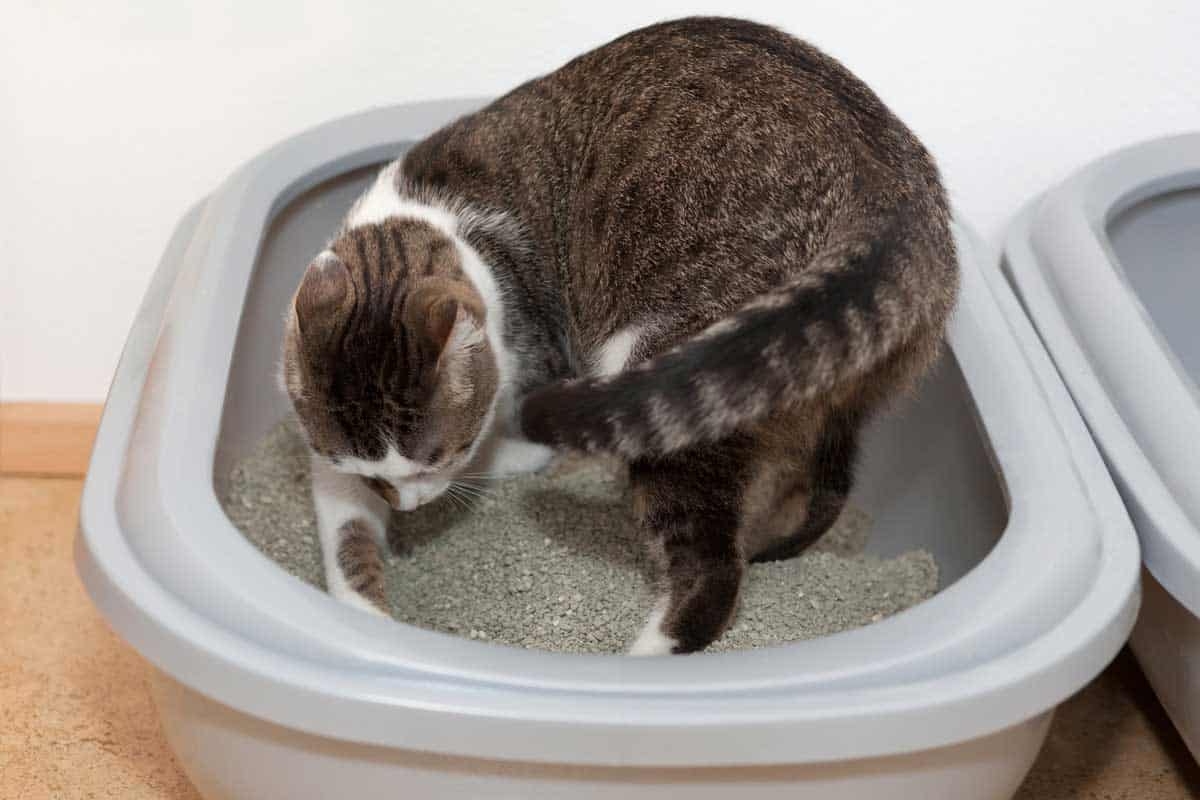
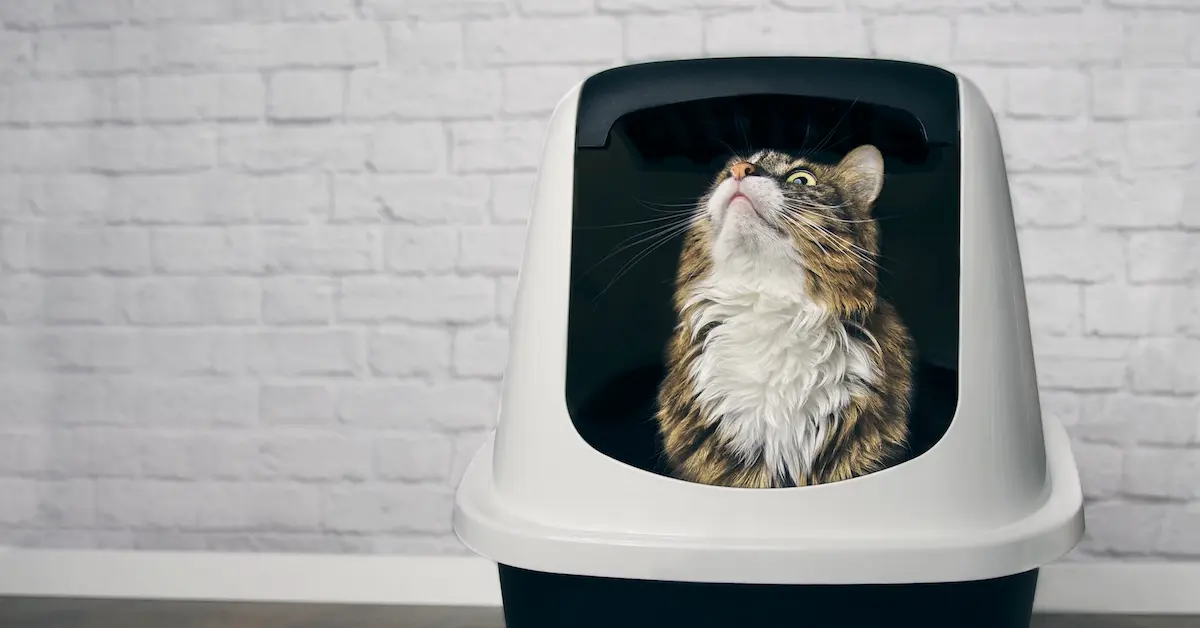
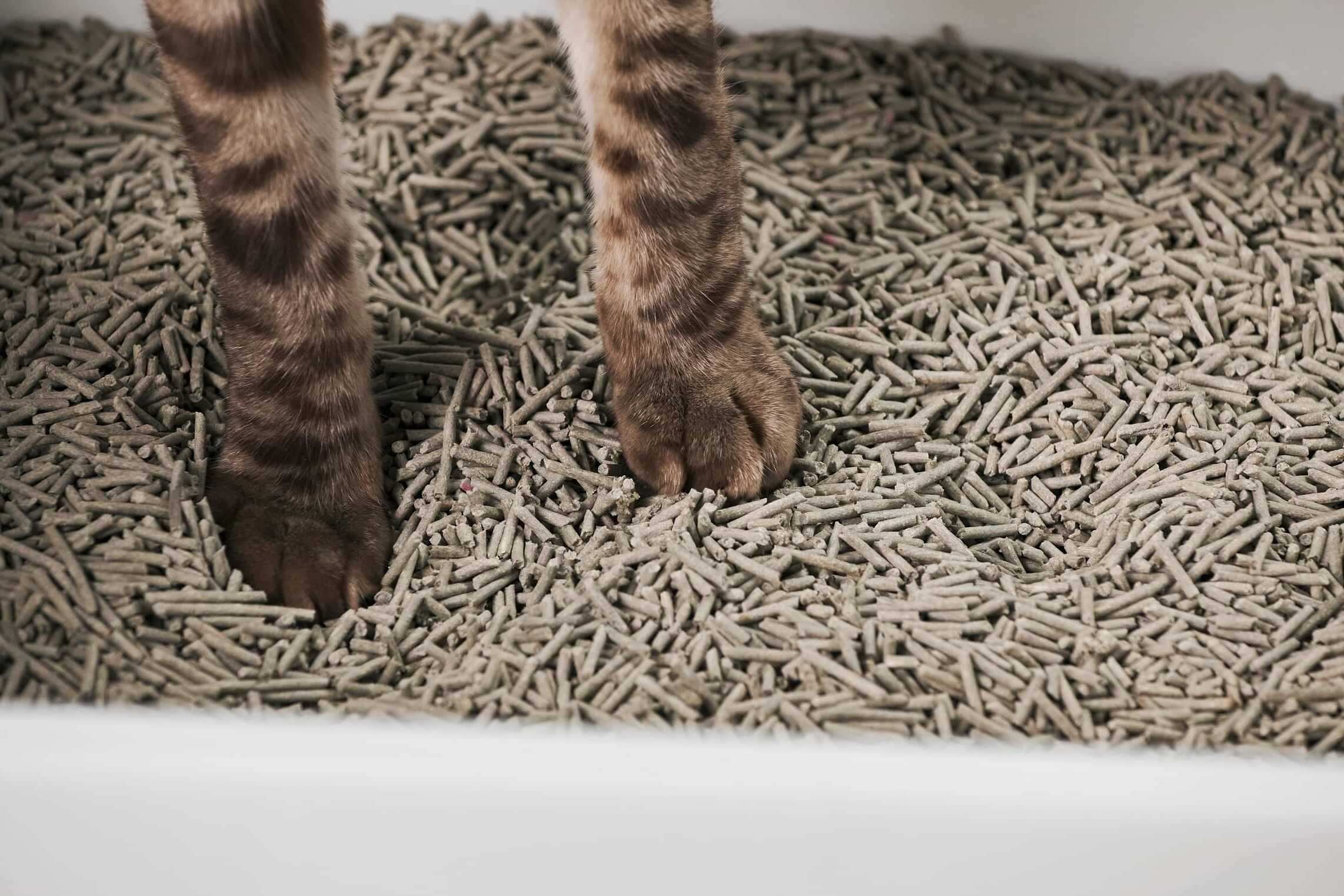
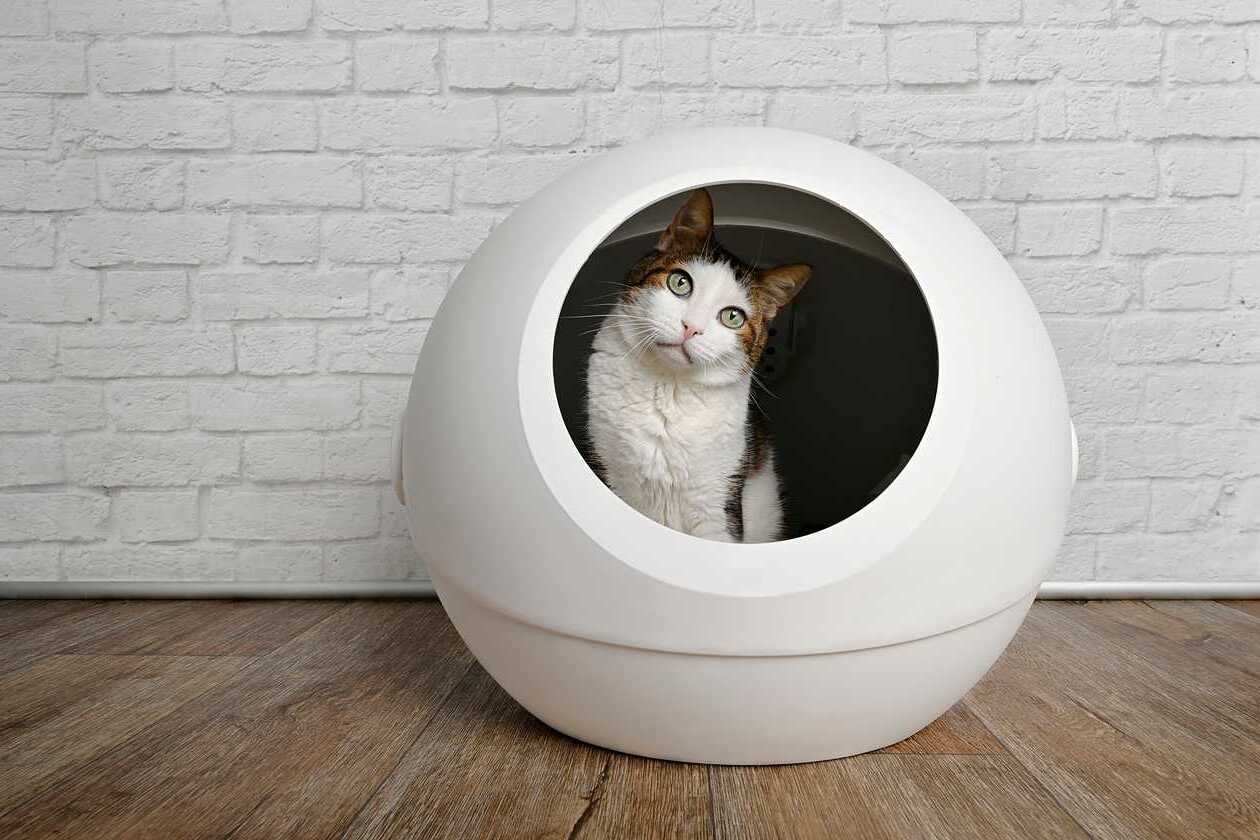
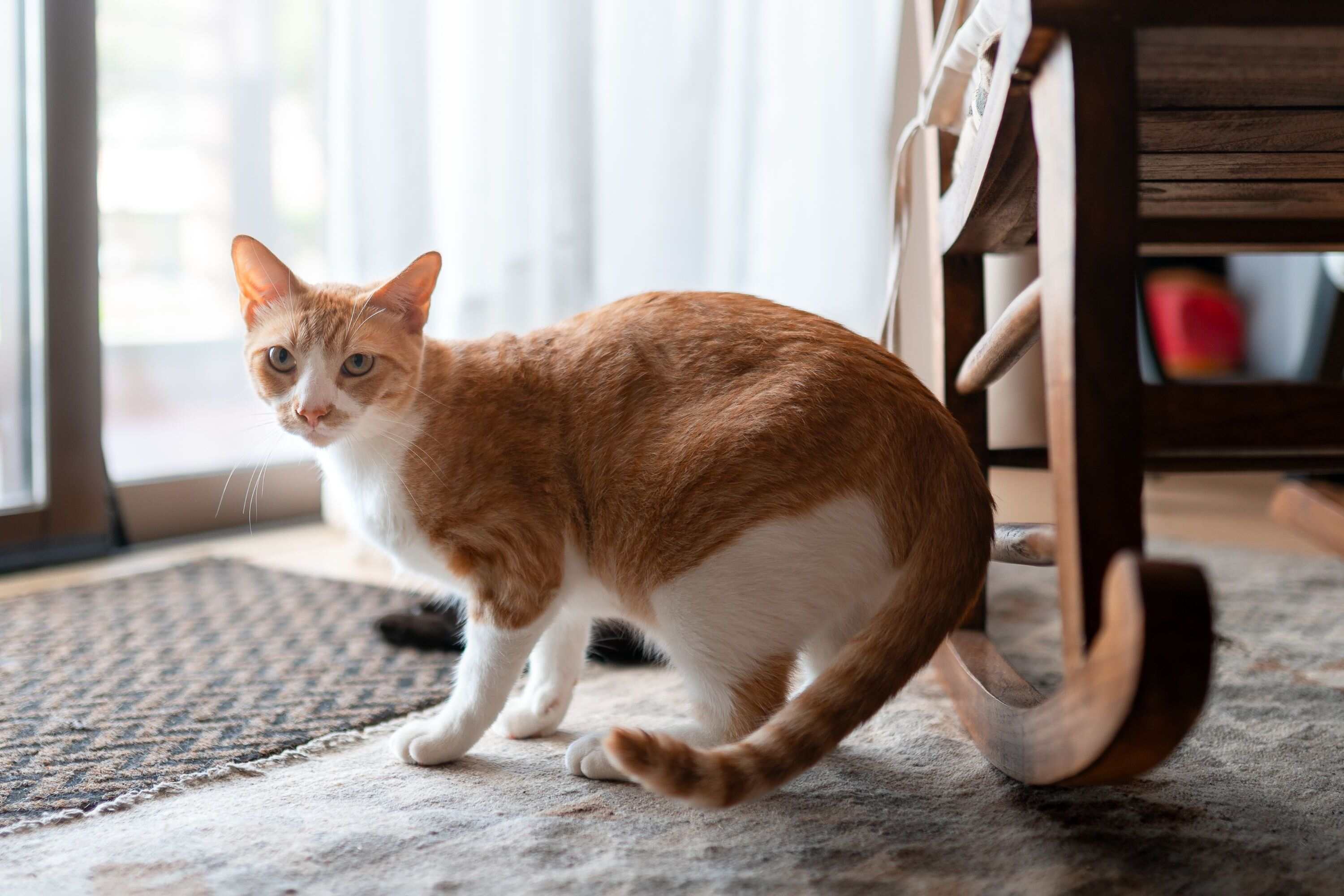
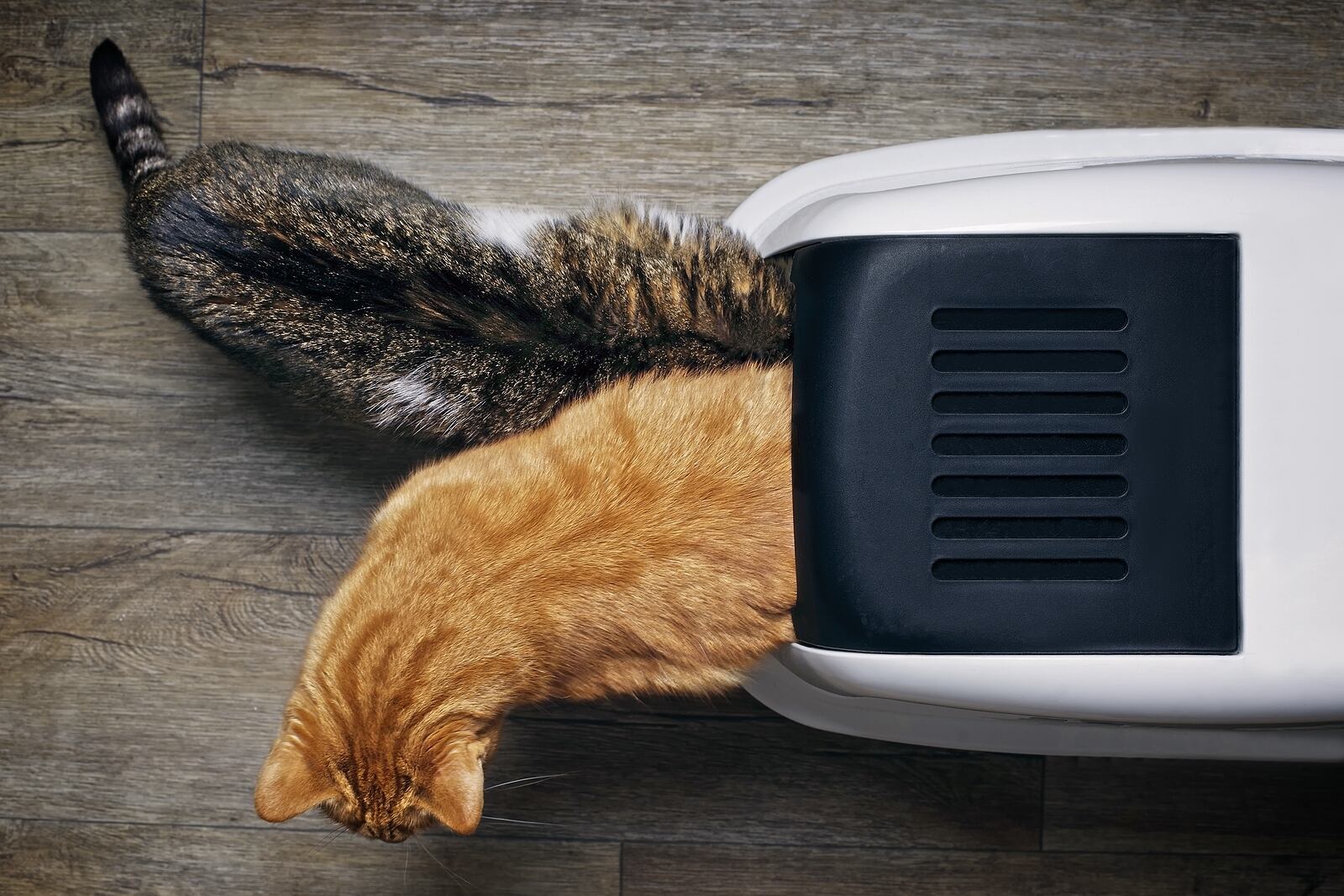
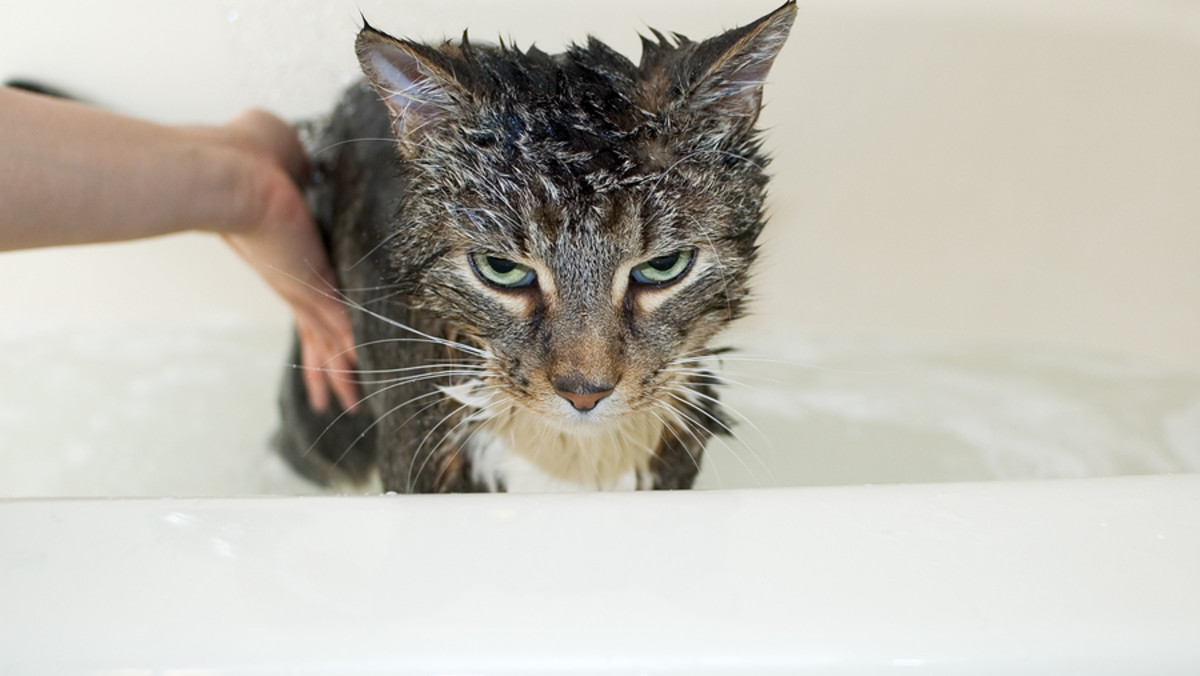
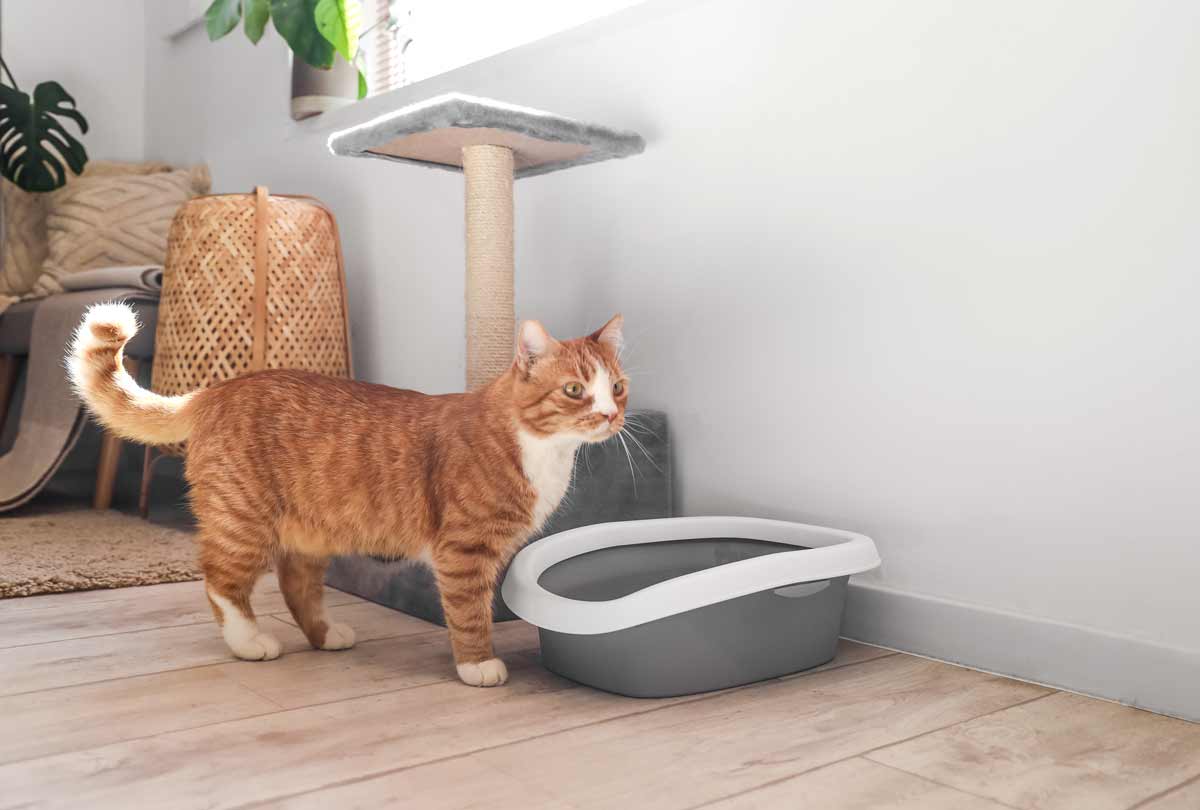
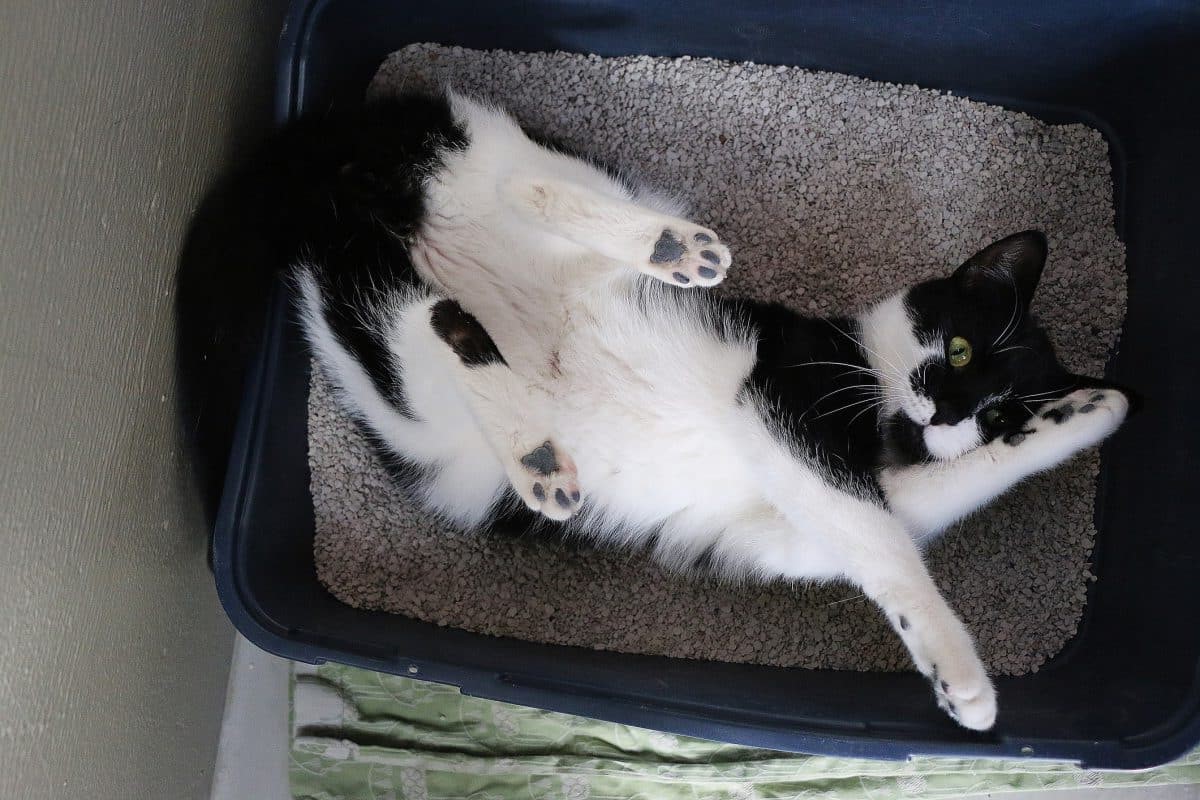
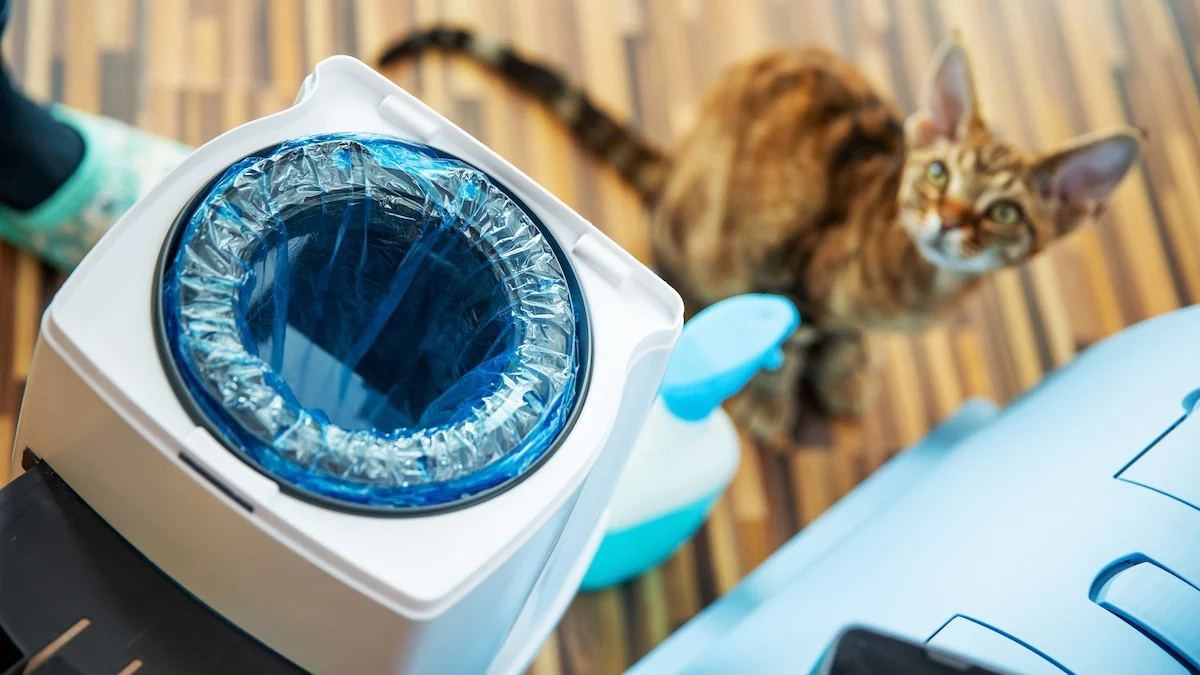
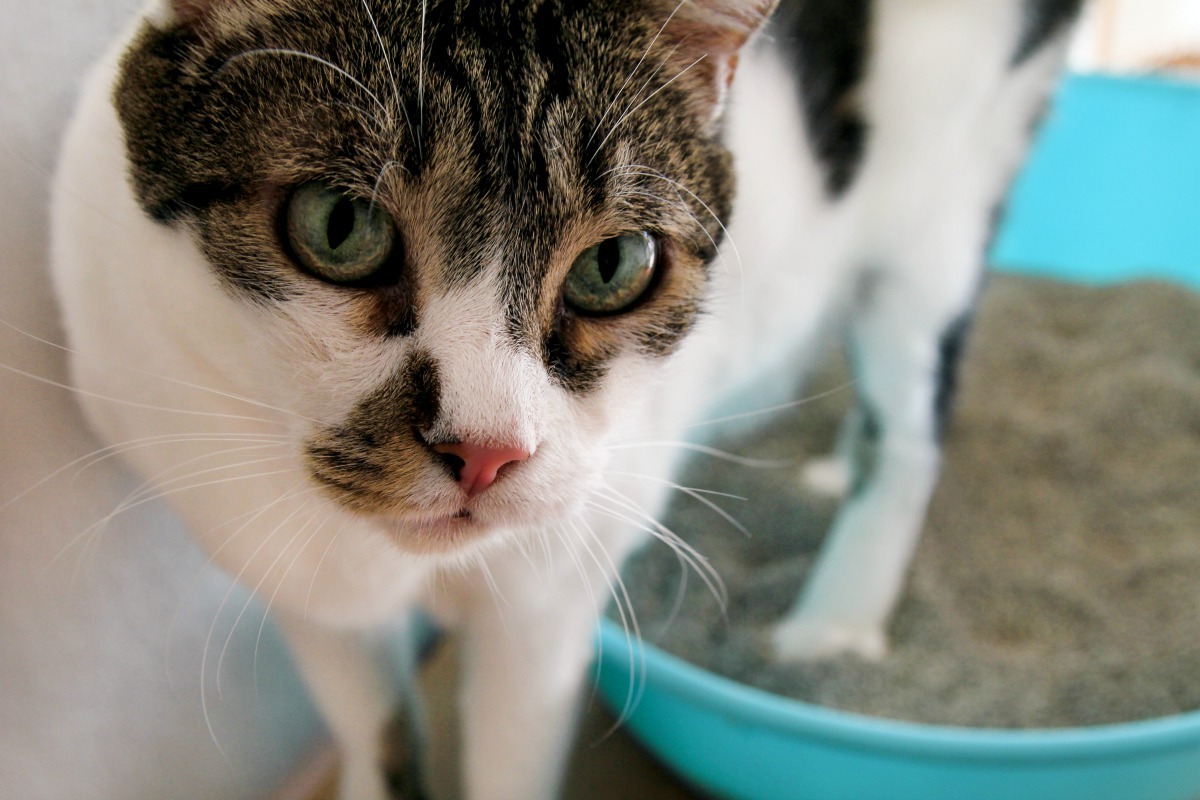
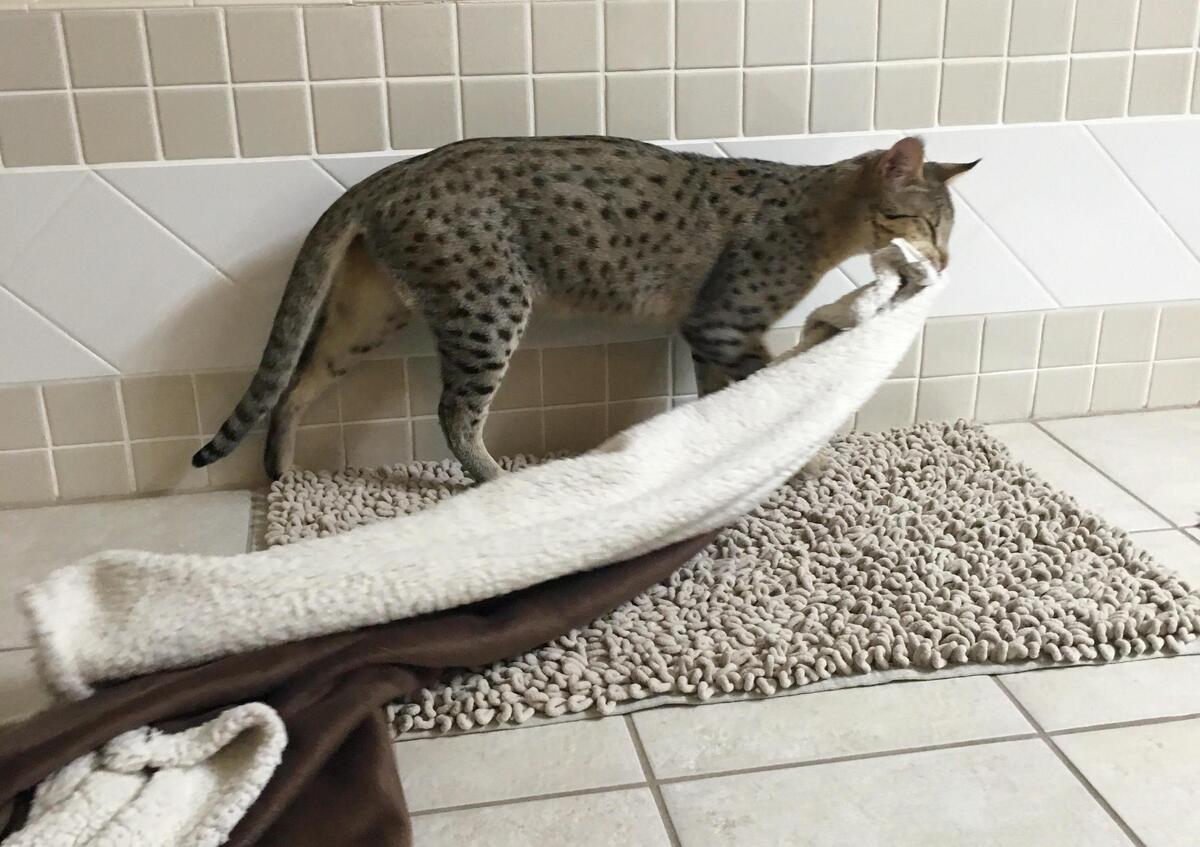
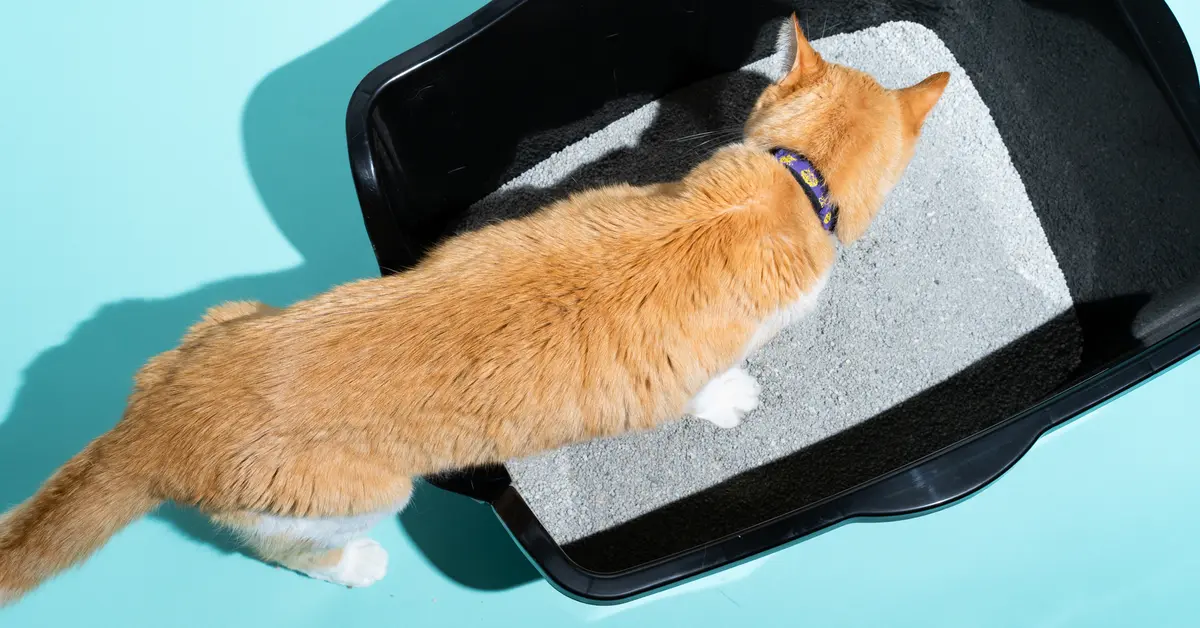

0 thoughts on “Why Does My Cat Scratch The Litter Box”